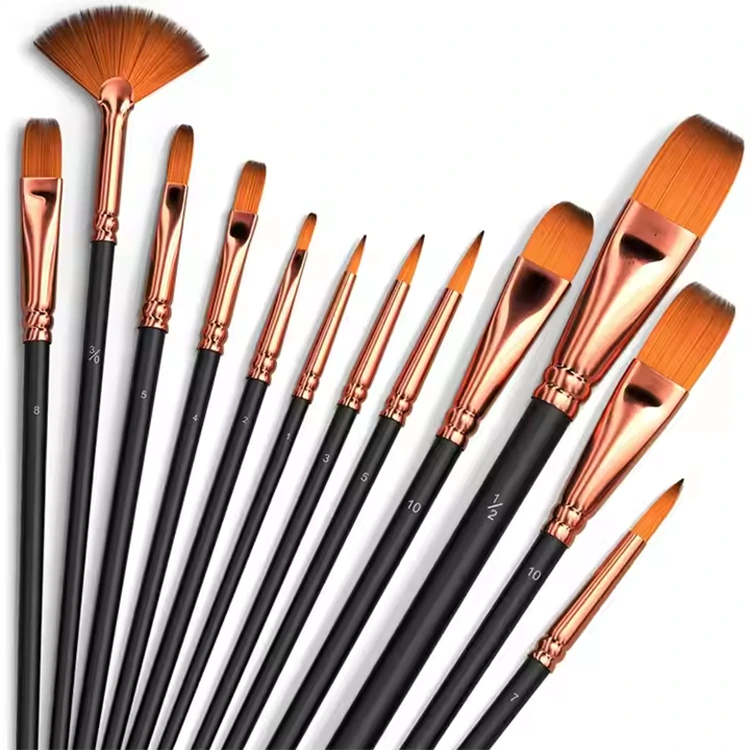Choosing the Right Paint Brush: A Complete Guide for Every Project
2025-06-25
Introduction
Whether you're repainting a room, touching up furniture, or working on a detailed piece of artwork, choosing the right paint brush makes all the difference. The wrong brush can leave streaks, shed bristles, or waste paint. The right one helps you achieve smooth, professional-looking results.
Why the Right Paint Brush Matters
A paint brush is not just a tool—it’s an extension of your hand. The quality and type of brush you use directly affect the finish, control, and ease of application. Choosing the wrong brush can lead to uneven coats, fatigue, or frustrating cleanup.
Types of Paint Brushes by Shape
Flat Brush: Best for large, flat surfaces and even coverage.
Angled Brush (Sash Brush): Ideal for cutting-in along edges and corners.
Round Brush: Used for decorative and detailed work.
Fan Brush: Great for blending and soft textures, often in artistic applications.

Natural vs Synthetic Bristles
Natural Bristles (hog hair, for example): Work well with oil-based paints and varnishes.
Synthetic Bristles (typically nylon or polyester): Designed for water-based paints and modern finishes. They resist wear and clean easily.
Handle Length and Comfort
Short Handles: Offer better control in tight spaces or detail work.
Long Handles: Provide better reach and leverage on larger surfaces.
Tips for Choosing a Quality Brush
Look for a firm, tapered tip for precision.
Bristles should be securely fastened and not shed.
A solid, ergonomic handle enhances comfort during longer jobs.
Conclusion
No two paint jobs are the same, and neither are brushes. By understanding the different types of paint brushes and how they’re used, you can make better choices that lead to cleaner lines, better finishes, and less wasted paint. Investing in the right brush means investing in better results.